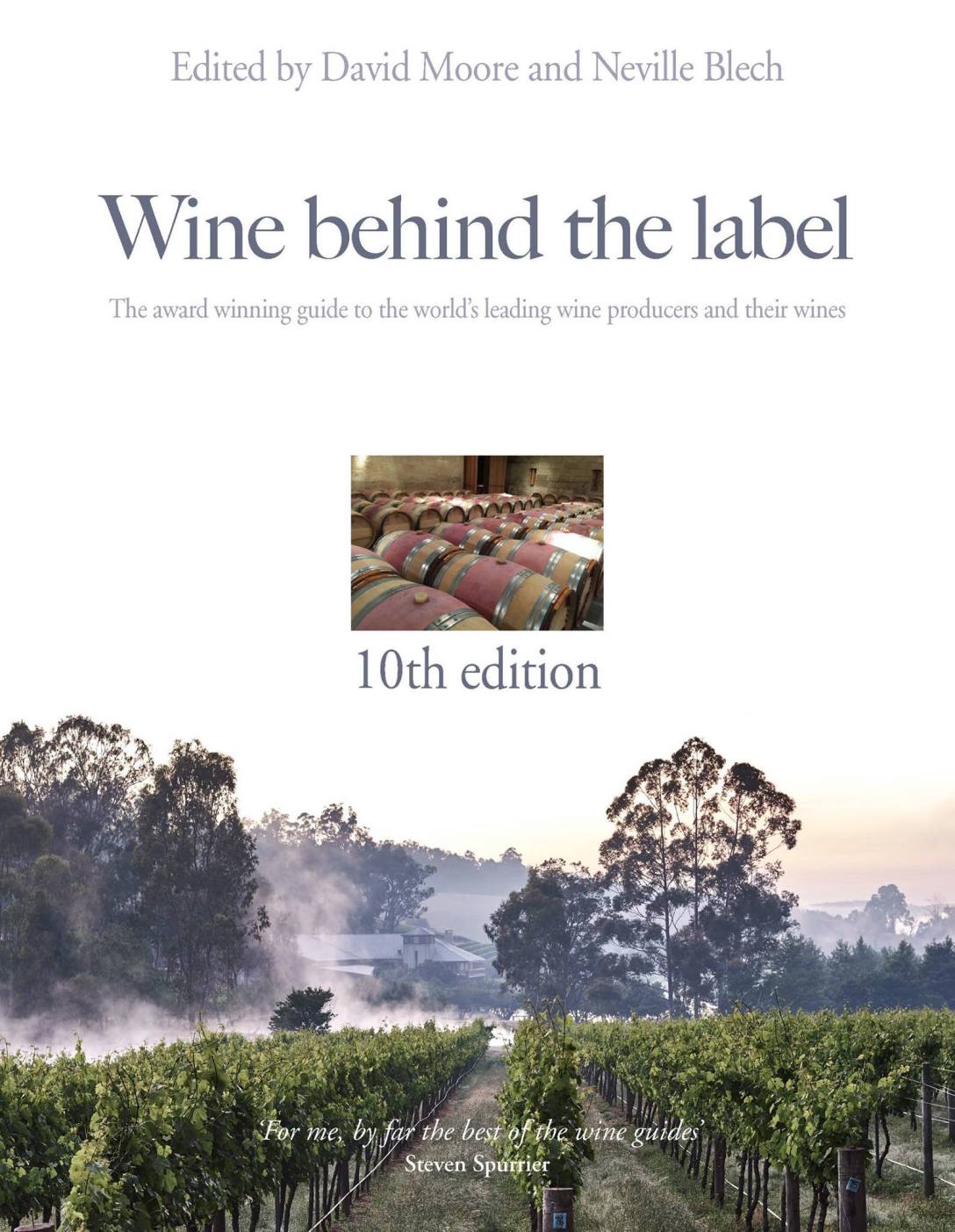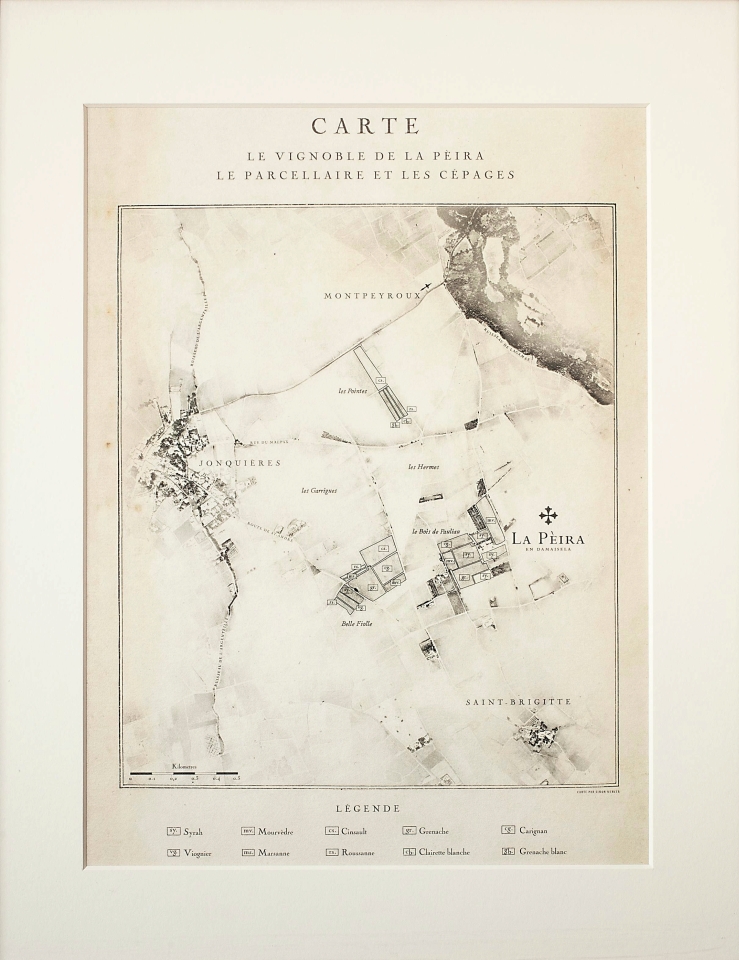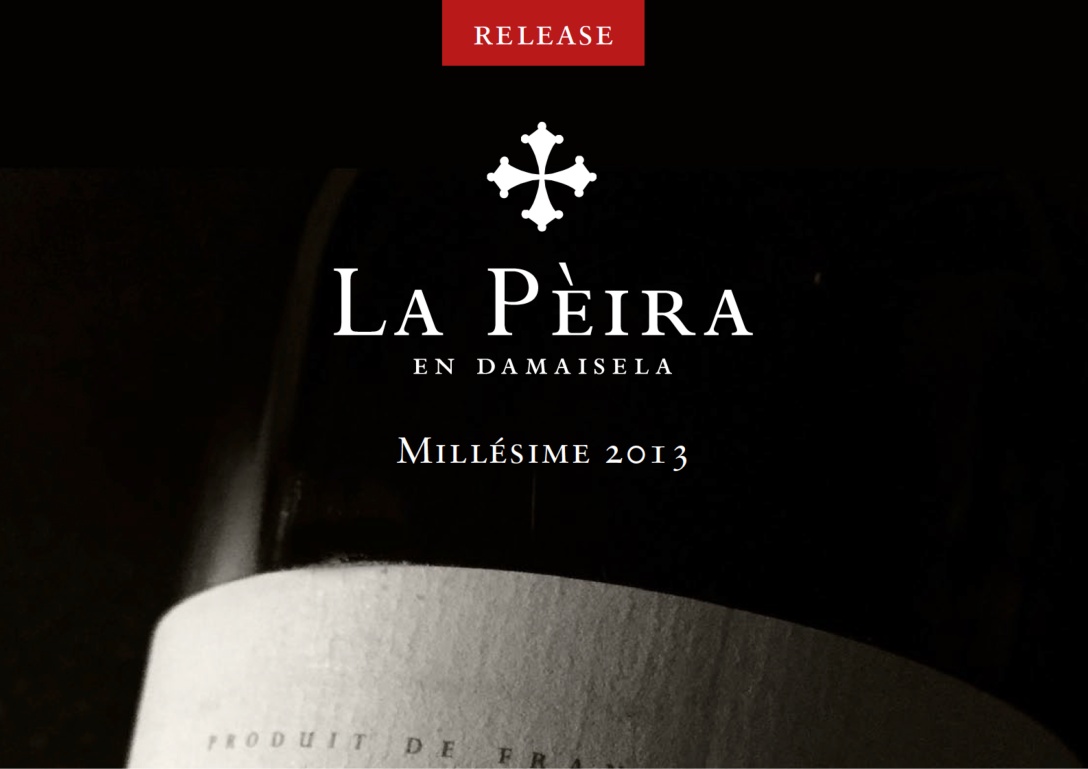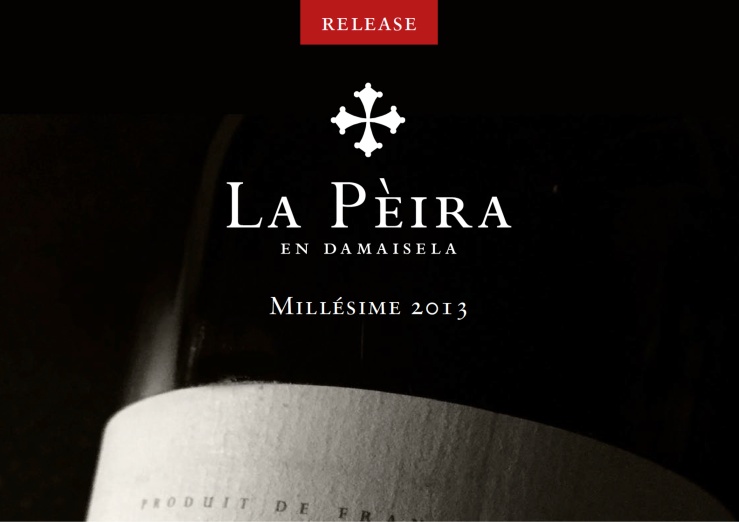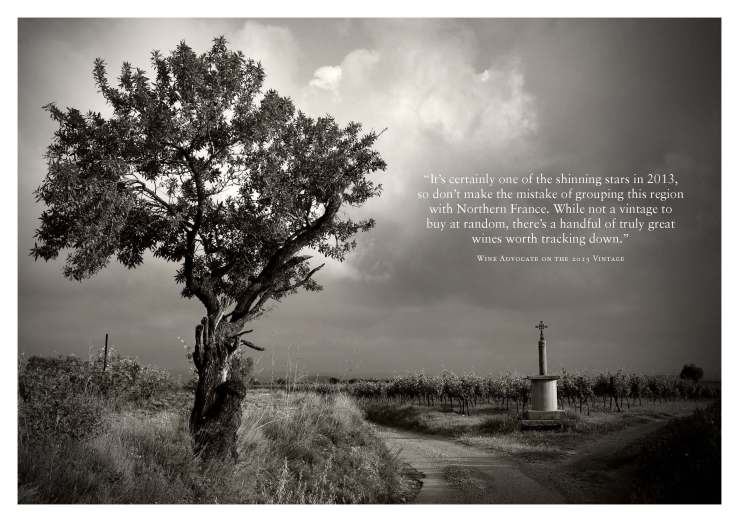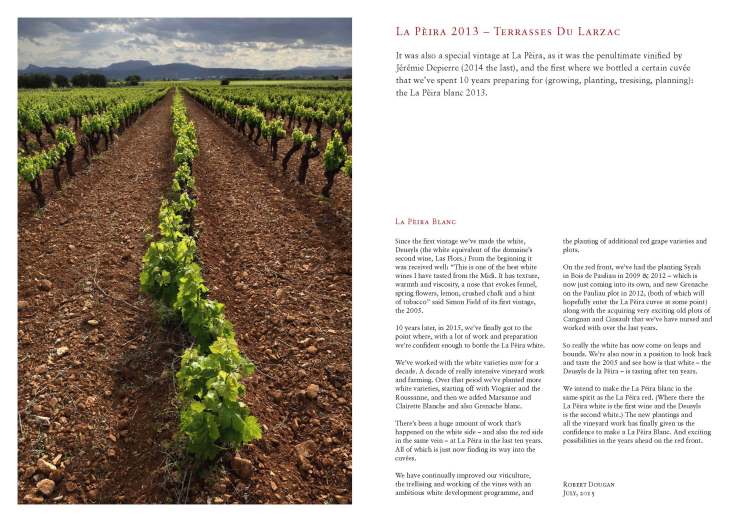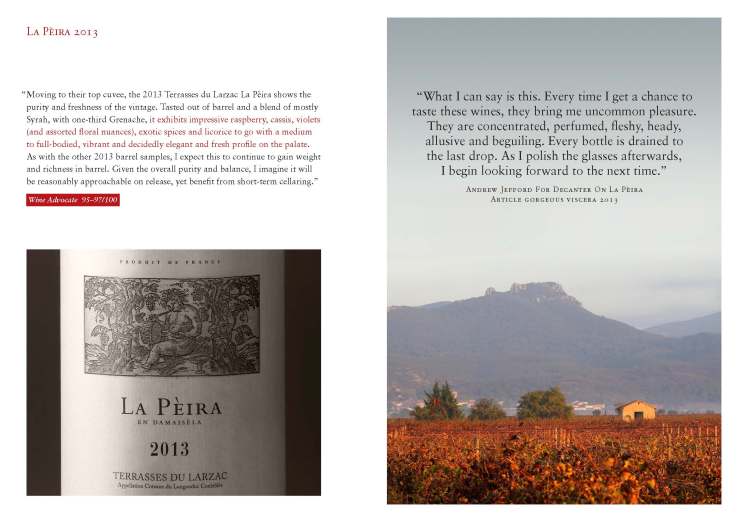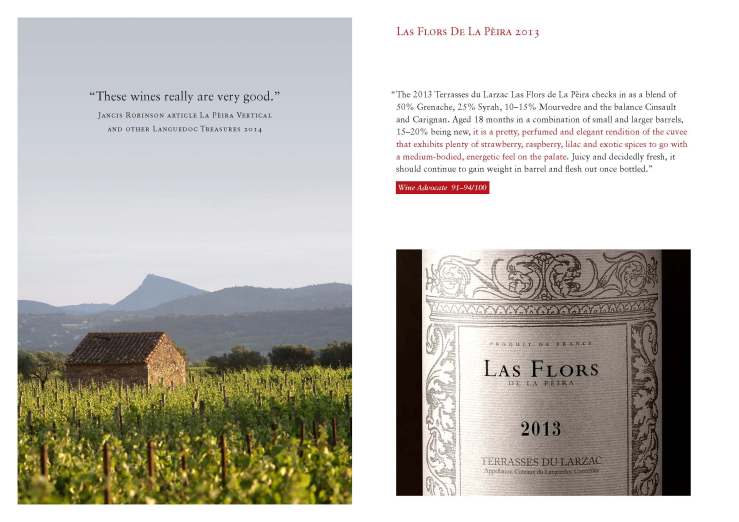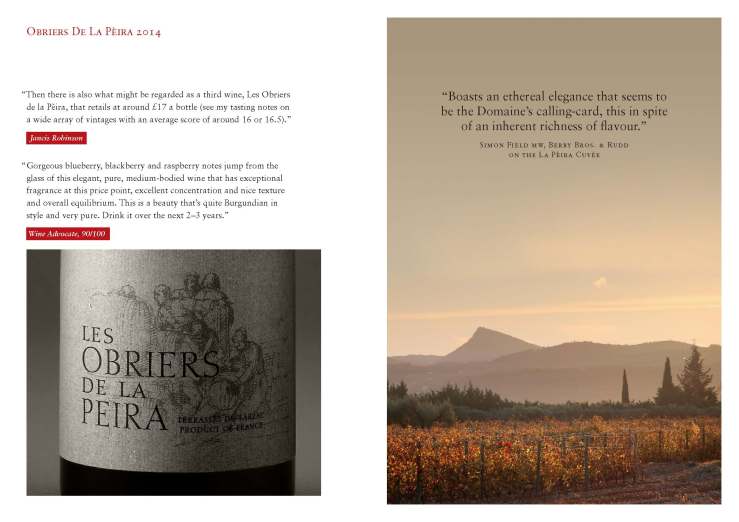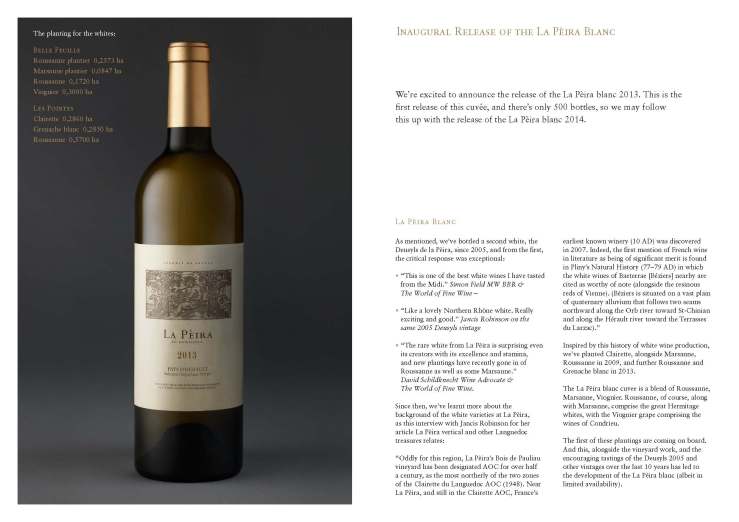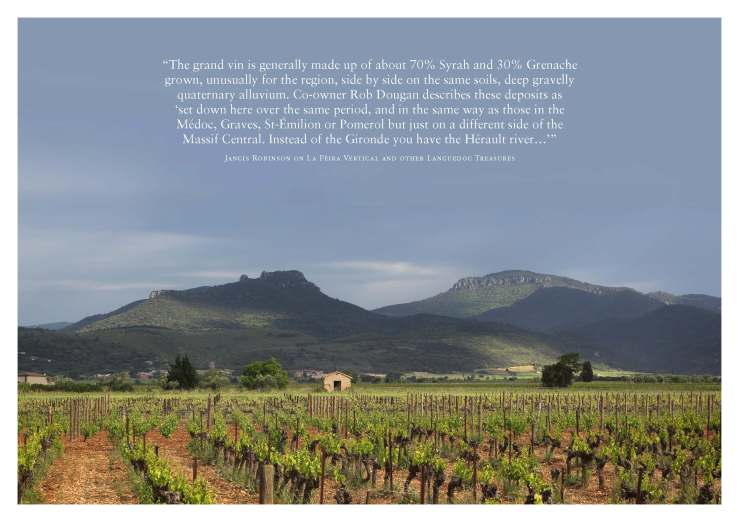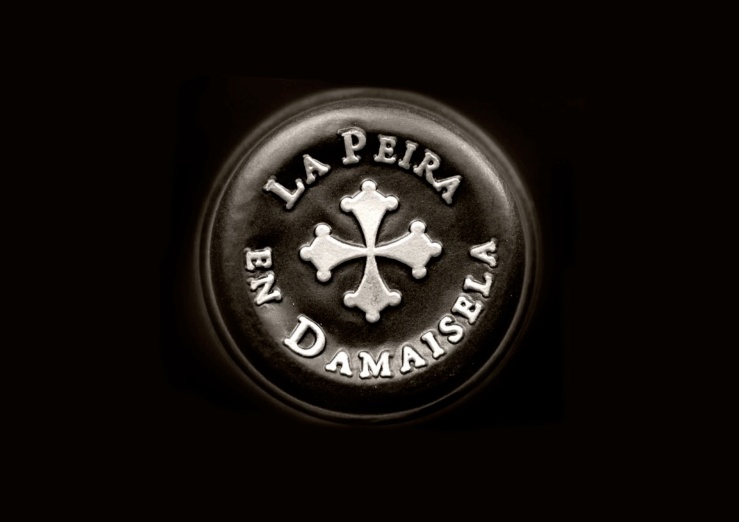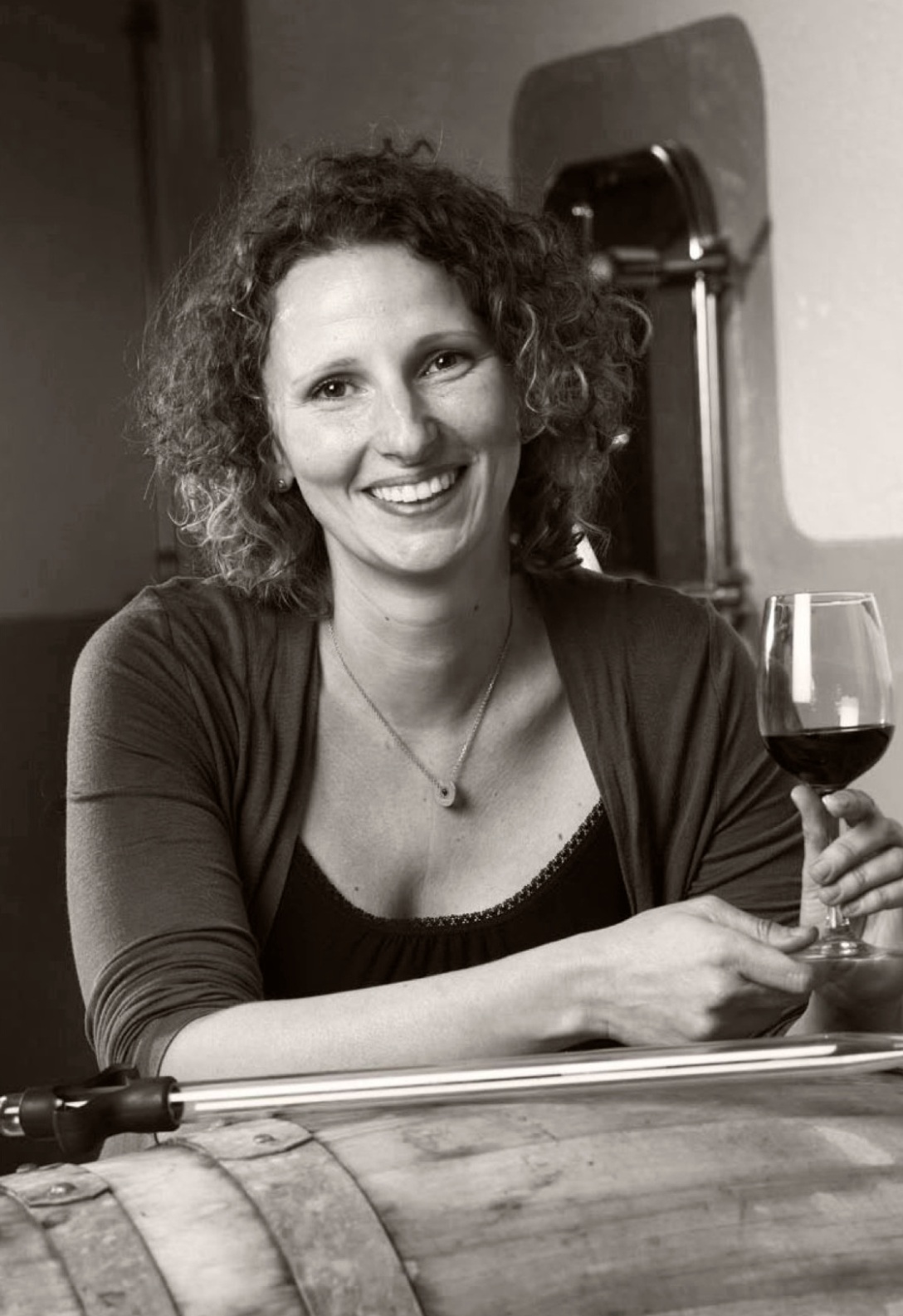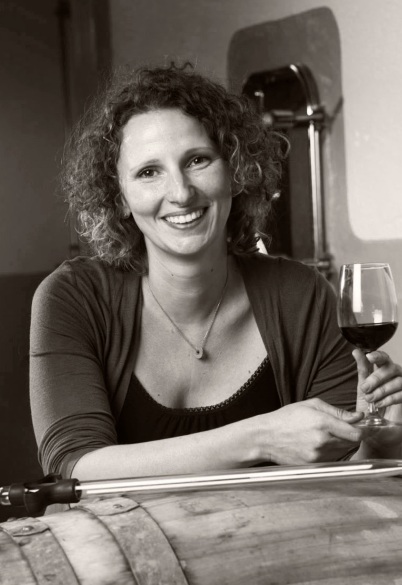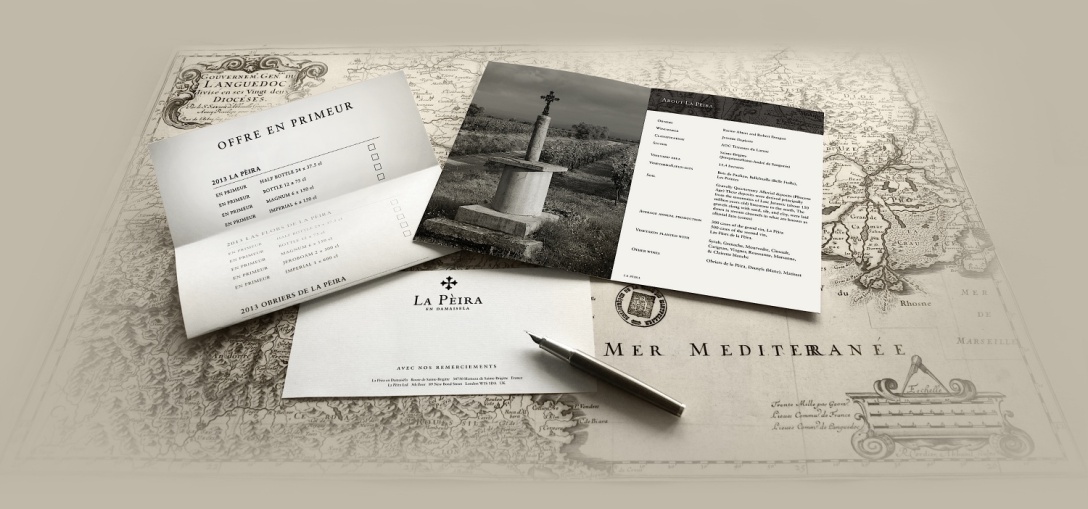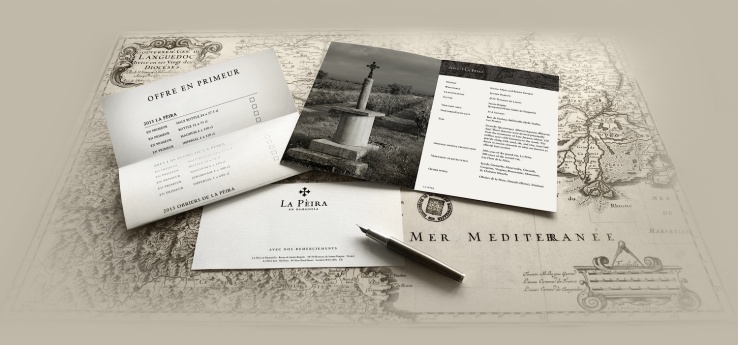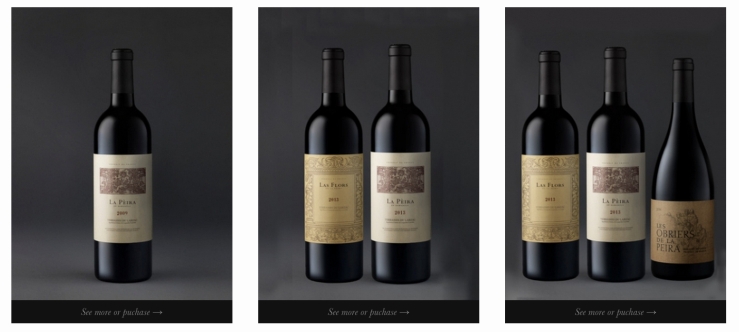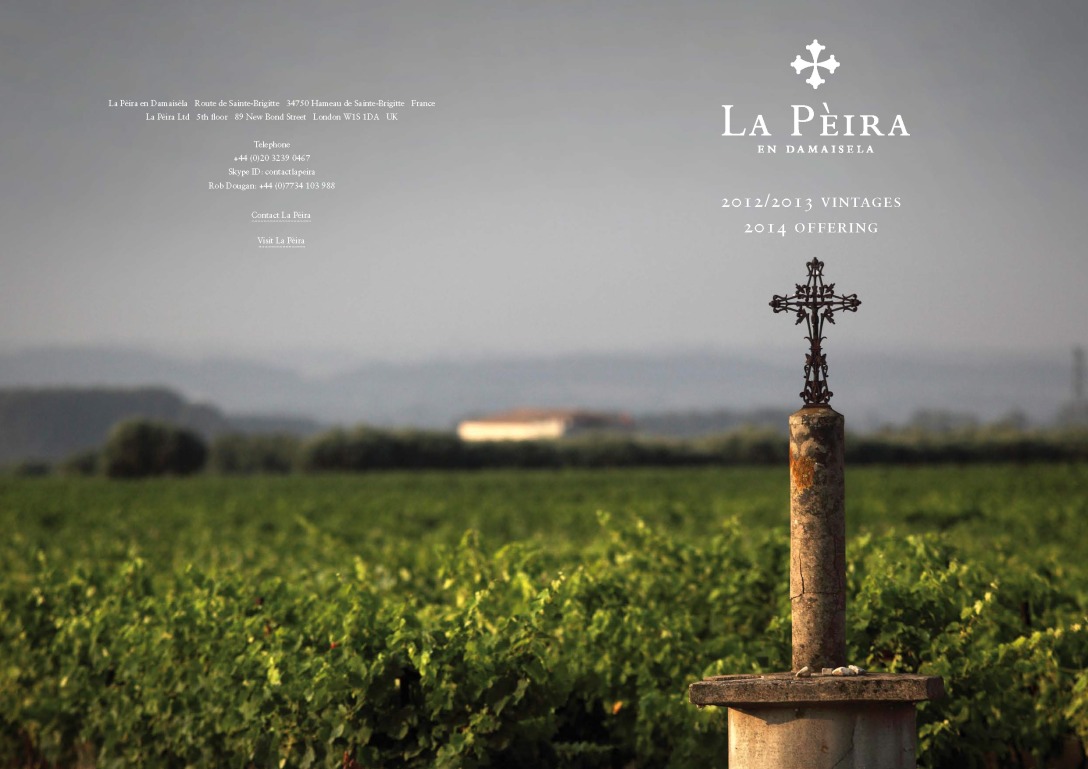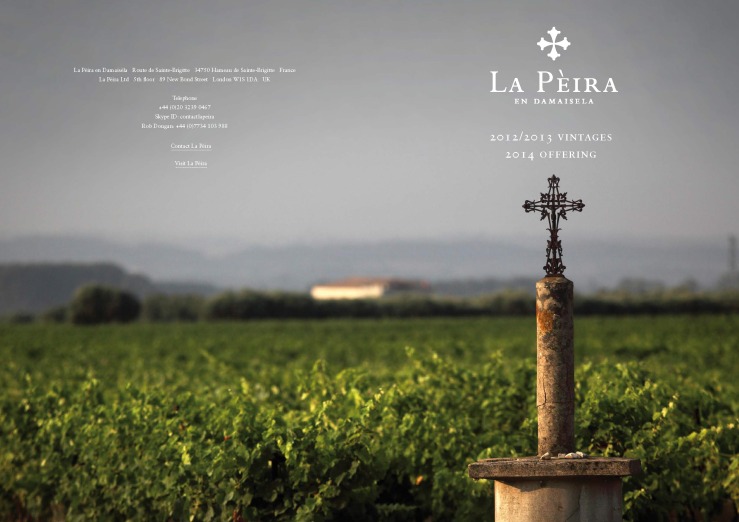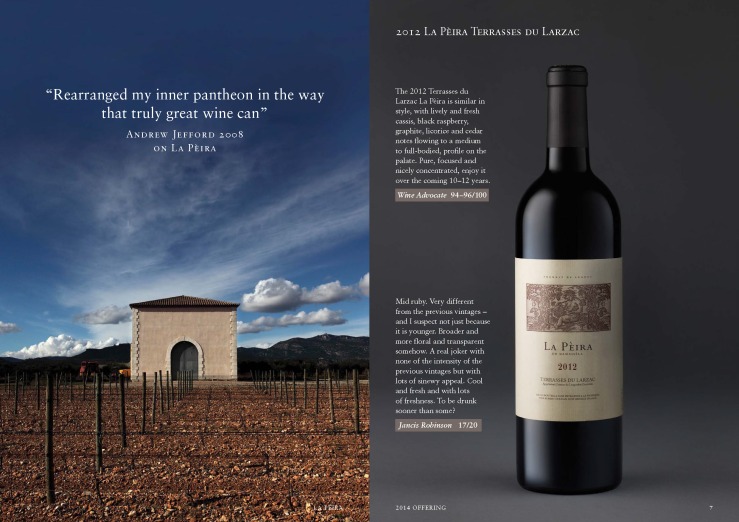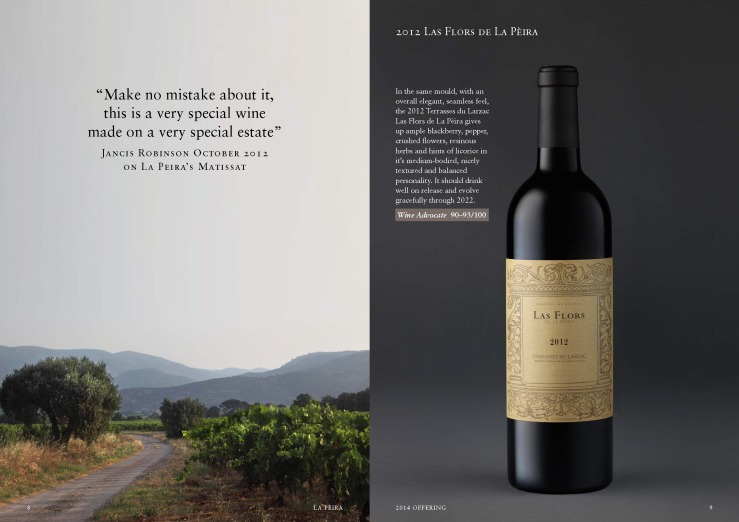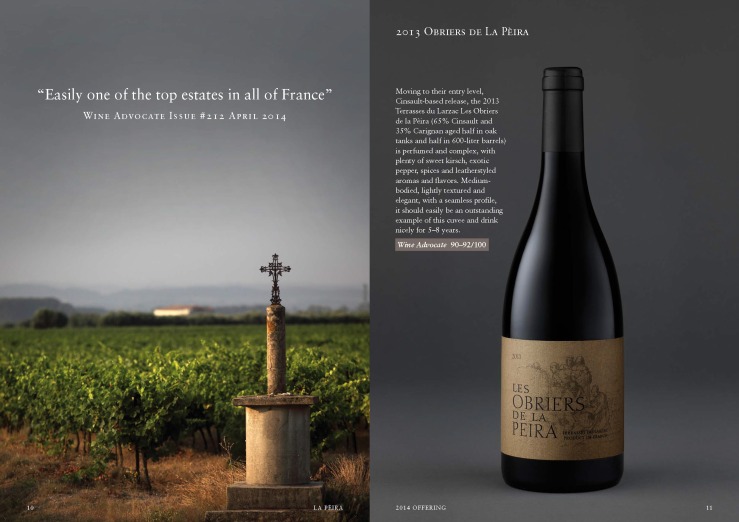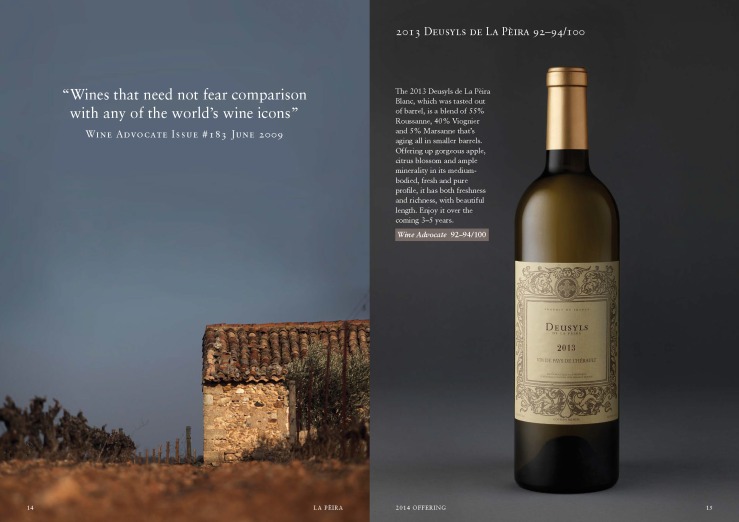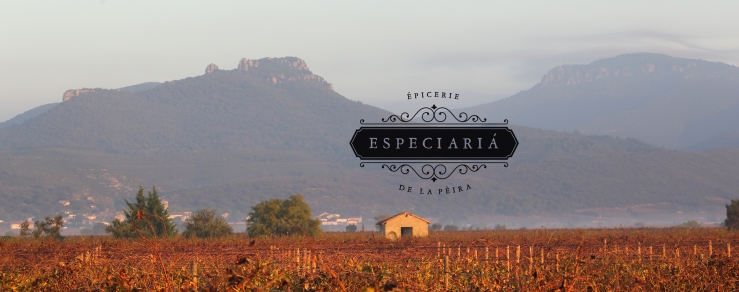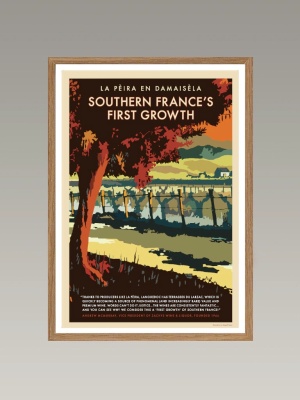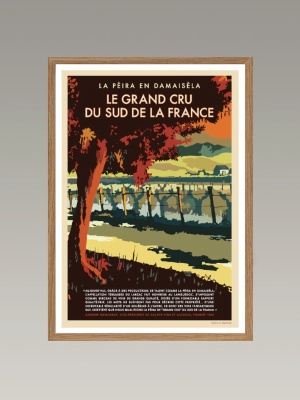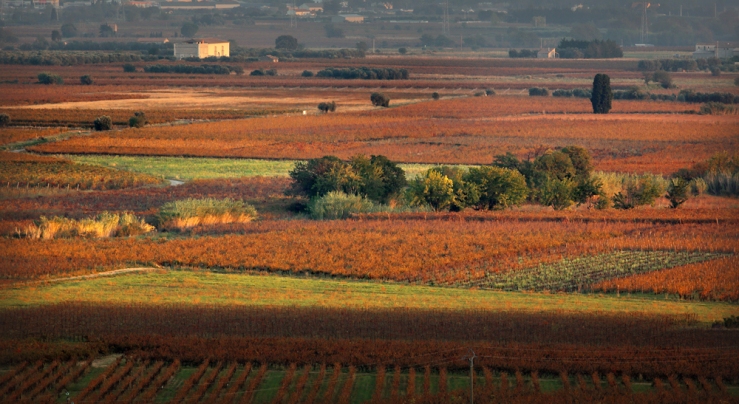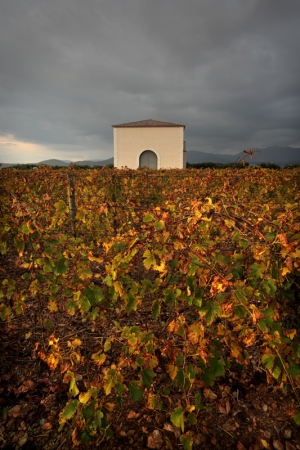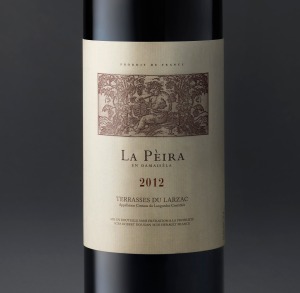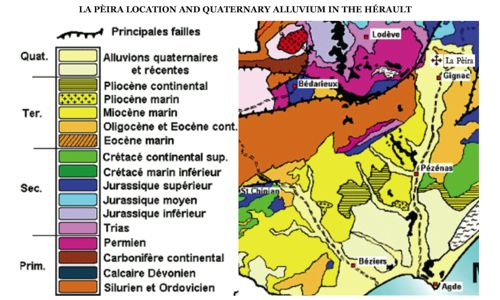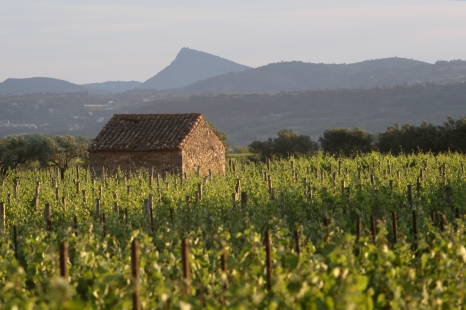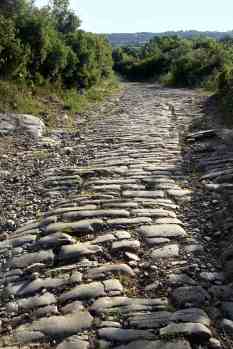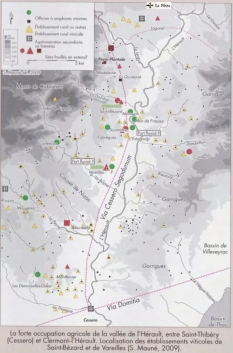La Pèira is one of a select list of estates in France to receive a ✪✪✪✪✪ (super 5 stars, restricted to the true classics, out-and-out world class) rating in the 10th edition of the Wine Behind the Label worldwide guide.
It is the only estate in the Languedoc to receive this rating. One of three in the entire South of France. By contrast, for example, there were over twenty estates in both Bordeaux and the northern and southern Rhone, and six estates in Champagne (see below).
About The Wine Behind the Label Guide
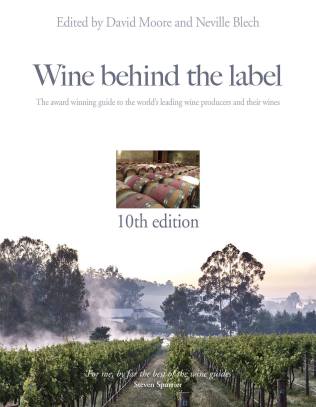
‘For me, by far the best of the wine guides’
Steven Spurrier, Decanter Magazine
‘I’m a fan.’
Hugh Johnson
‘If you are passionate about your wine and pay serious attention to sampling the world’s finest bottles then this book should be on your shelf… I would strongly recommend this excellent guide’
Dr. Edward Fitzgerald, Oxford University Wine Society
Louis Roederer Award for Annual Wine Guide, André Simon Award, Glenfiddich Award Best Wine Book
Purchase here: Amazon.co.uk | Amazon.com |Amazon.co.jp | Amazon.ca | Digital Edition
Ratings
★ a wine of good quality, not just sound but of good fruit and with some character.
★★ a wine with more depth, interest and concentration, usually with some aging potential
★★★ a very good, even fine, wine. In the case of many reds repaying lengthy cellaring.
★★★★ a wine of very high quality, among the very best even in a top appellation or region.
★★★★★ outstanding quality, potentially a classic.
✪✪✪✪✪ super 5 stars, restricted to the true classics, out-and-out world-class.
✩ white stars are used to show a superior wine at a given rating
We have rated as many of a producer’s wines as possible, but in some instances, the wines are too new or too scarce to have yet received a rating. Such wines are covered in the text only.
Southern France ✪✪✪✪✪ (Inc. Provence, South-west France)
La Pèira (Terrasses du Larzac) Hameau de Sainte-Brigitte, 34750 Map Link
Clos des Fées (Petite Sibérie) 69 Maréchal-Joffre, 66600 Vingrau Map Link
Domaine Gauby (Muntada) La Faradjal, 66600 Calce Map Link
Bordeaux ✪✪✪✪✪
Chateau Climens Barsac – 33720 Barsac Map Link
Chateau Cos d’Estournel 33180 Saint-Estephe Map Link
Chateau Ducru-Beaucaillou 33250 Saint-Julien-Beychevelle Map Link
Chateau Haut-Brion Domaine Clarence Dillon 33608 Pessac Cedex Map Link
Chateau Lafite-Rothschild 33250 Pauillac Map Link
Chateau Latour Saint-Lambert, 33250 Pauillac Map Link
Chateau Leoville-las-Cases 33250 Saint-Julien-Beychevelle Map Link
Chateau Margaux 33460 Margaux Map Link
Chateau la Mission Haut-Brion 33608 Pessac Map Link
Chateau Mouton-Rothschild 33250 Pauillac Map Link
Chateau Palmer Cantenac, 33460 Margaux Map Link
Chateau Pichon-Longueville 33250 Pauillac Map Link
Chateau Rieussec (Sauternes) 33210 Fargues-de-Langon Map Link
Chateau d’Yquem (Sauternes) 33210 Sauternes Map Link
Chateau Angelus 33330 Saint-Emilion Map Link
Chateau Ausone 33330 Saint-Emilion Map Link
Chateau Cheval Blanc 33330 Saint-Emilion Map Link
Chateau L’Eglise-Clinet 33500 Pomerol Map Link
Chateau Lafleur (Pomerol) 33240 Mouillac Map Link
La Mondotte 33330 Saint-Emilion Map Link
Chateau Petrus 1 Rue Petrus-Arnaud, 33500 Pomerol Map Link
Chateau Le Pin Les Grands Champs, 33500 Pomerol Map Link
Champagne ✪✪✪✪✪
Billecart-Salmon (Nicolas-François Billecart) 51160 Mareuil-sur-Aÿ Map Link
Bollinger (Bollinger RD) 16 Rue Jules-Lobet, BP4, 51160 Aÿ Map Link
Charles Heidsieck Blanc des Millénaires Vintage 51100 Reims Map Link
Krug (Clos du Mesnil Vintage) 5 Rue Coquebert, 51100 Reims Map Link
Moët et Chandon Dom Pérignon 51220 Épernay Map Link
Pol Roger Sir Winston Churchill Vintage 51206 Epernay Map Link
Champagne Louis Roederer Cristal Vintage/Vintage rose 51100 Reims Map Link
Rhone (North and South) ✪✪✪✪✪
M. Chapoutier (Hermitage) Various 26600 Tain-l’Hermitage Map Link
Guigal (La Turque, La Landonne, La Mouline) 69420 Ampuis Map Link
Jean-Louis Chave (Hermitage Cuvée Cathelin, Blanc) 07300 Mauves Map Link
Auguste Clape (Cornas) RN 146, 07130 Cornas Map Link
Yves Cuilleron (Condrieu Les Ayguets) Verlieu, 42140 Chavanay Map Link
Delas Frères (Hermitage Les Bessards) 07300 Saint-Jean-de-Muzols Map Link
Pierre Gaillard Condrieu Fleur d’Automne) Chez Favier, 42520 Malleval Map Link
Paul Jaboulet-Aine (Hermitage La Chapelle) 26600 Tain-l’Hermitage Map Link
Domaine Michel Ogier ( Côte-Rôtie Belle Hélène) 69420 Ampuis Map Link
Rene Rostaing (Côte-Rôtie Côte Blonde) 69420 Ampuis Map Link
François Villard (Quintessence) 42410 Saint-Michel-sur-Rhône Map Link
Henri Bonneau (Réserve des Célestins) 84230 Châteauneuf-du-Pape Map Link
Chateau de Beaucastel (Hommage à Jacques Perrin, Vieilles Vignes Blanc) 84350 Courthezon Map Link
Chateau Rayas Châteauneuf-du-Pape 84230 Châteauneuf-du-Pape Map Link
Clos du Caillou Châteauneuf-du-Pape Réserve 84350 Courthezon Map Link
Clos des Papes Châteauneuf-du-Pape 84231 Châteauneuf-du-Pape Map Link
Clos Saint Jean (Deus ex-Machina) 84231Châteauneuf-du-Pape Map Link
Domaine de La Janasse (Vieilles Vignes) 84350 Courthezon Map Link
Les Cailloux (Cuvée Centenaire) 84230 Châteauneuf-du-Pape Map Link
Domaine de Marcoux (Vieilles Vignes) 84100 Orange Map Link
Domaine du Pegaü (Cuvée da Capo) 84230 Châteauneuf-du-Pape Map Link
Domaine de La Vieille-Julienne (Vieilles Vignes) 84100 Orange Map Link
Domaine de Vieux-Télégraphe 84370 Bedarrides Map Link
Full Text:
❁ La Pèira (Terrasses du Larzac) http://www.la-peira.com Rob Dougan & Karine Ahton Hameau de Sainte-Brigitte, 34750 Tel: 09 70 46 74 68
This is a significant new name, founded in 2004, for really top quality Languedoc reds. The domaine vineyards are located in the Terrasses du Larzac sub-region and are planted on gravely, limestone free-draining soils at the foot of the Larzac plateau. The approach to viticulture and vinification respectively is rigorous control of yields and non-intervention. As well as the magnificent La Pèira Terrasses du Larzac, the domaine also produces two other reds; Las Flors de la Pèira, a richly textured blend of Grenache, Syrah, Mourvèdre, Cinsault aged in small oak with concentrated black fruit character. There is also a cheaper red Les Obriers de la Pèira which comes from a combination of old Cinsault and Carignan. It is a more approachable style, aged in a combination of used demi-muids France 657 Languedoc and foudres. There are now two whites; Deusyls de la Pèira comes from Viognier, Roussanne and Marsanne with vines ranging from 10 to over 50 years of age. It is aged for up to two years in oak on lees. This has now been joined by a La Pèira Blanc. This is a brilliant stylish, elegant and intense white, combining mainly Roussanne and Viognier with Marsanne, Grenache Blanc and Clairette.. Vinification is in 300 litre French oak. The crowning glory though is the top red which is also one of the most expensive from the Midi, La Pèira. Perhaps it’s no surprise that MAS DE DAUMAS GASSAC and GRANGES DES PÈRES are nearby. This is an immensely rich and extracted red but with a fine balance as well. The wine is fermented at medium/high temperature 28-30º C and is macerated on skins for anything from six to eight weeks. Individual plots are separately vinified and additional extraction is kept to a minimum with limited pigéage. As you would expect the wine is bottled unfiltered and unfined. (DM)
Recommended Reds:
Languedoc Terrasses du Larzac La Pèira ✪✪✪✪✪ £G
Languedoc Terrasses du Larzac Las Flors de la Pèira ★★★★ £E
Languedoc Terrasses du Larzac Obriers de la Pèira ★★★★ £E
Recommended Whites:
Languedoc Terrasses du Larzac La Pèira ★★★★★ £F
IGP de L’Herault Deusylys ★★★★ £F
Purchase La Pèira library vintages, large formats, rare vintages, and En Primeur offers here: http://especiaria-de-la-peira.com/
